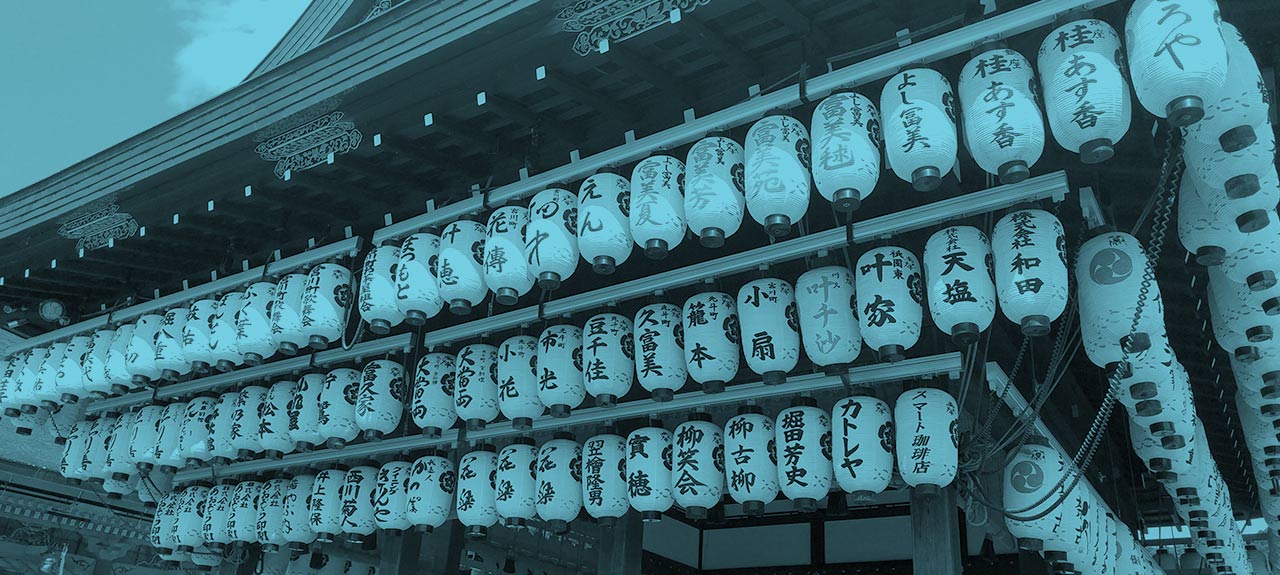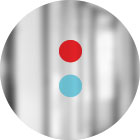A wave of anxiety overtakes me when I’m on my way to a new city, borne out of the eagerness to explore and a heavy surge of travelers’ expectations.
When we get a break from the daily rat race, there is tremendous pressure to spend precious vacation time in the perfect destination. We want our trip to be memorable, and not because of how bad it was. But even when expectations are high, Japan takes those expectations and hands them back to you, folded ever so neatly, providing an experience unlike any other.
Now that I’m back to the grind, I’ve had time to process the sights and sounds from my trip. My experience has triggered something within: a creative powder keg ignited by travel and exploration.

My first visit to Osaka, also known as the kitchen of Nippon, mixed the visuals of overcrowded streets and signs with the sweet smells of cherry blossoms and takoyaki fried dishes. The third largest city in the southern edge of Japan, Osaka is alive with activity. Advertising is everywhere, and can be overwhelming without direct translation. As a foreigner, I often had to rely on contextual cues and illustrations to make sense of the noise. Yet, it’s possible to find a break from the chaos in shrines and temples that line local alleyways.
As we are presented with so many new elements to see, absorb and interpret, traveling can fuel our creativity. I don’t just speak from personal experience – Adam Galinsky, Professor at Columbia Business School and the author of numerous studies on the connection between creativity and international travel states, “Foreign experiences increase both cognitive flexibility and depth and integrativeness of thought, the ability to make deep connections between disparate forms.” Galinsky’s latest study establishes a direct correlation between time abroad and creative output. Simply put, designers who travel more produce better and more consistent work.

Through travel, we can put design thinking into the context of everything, exploring how different cultures create unique solutions for universal problems. For instance, Japan’s public transportation infrastructure is designed to be hospitable towards people with disabilities. On almost every subway and street, there are extended lines of tactile paving to help guide the way for those with visual impairments. In addition, synchronized audio of birds chirping alerts pedestrians when they are nearing a flight of stairs. This type of design and solution-based thinking can be spotted around every corner.
In the rut of a routine? I’ve learned to get back out there, again and again. Cross-cultural and foreign experiences have the potential to strengthen a person’s sense of self. “What a lot of psychological research has shown now is that the ability to engage with people from different backgrounds than yourself, and the ability to get out of your own social comfort zone, is helping you to build a strong and acculturated sense of your own self,” says Mary Helen Yang, Professor of education and psychology at the University of Southern California.
While I can recommend a trip to Japan for its beauty, complexity and traditions, fresh inspiration doesn’t have to come with a stamp in your passport. It can be discovered in your neighbors’ stories, hiding in your backyard, around the corner or around the world. You just have to be willing to go find it.














